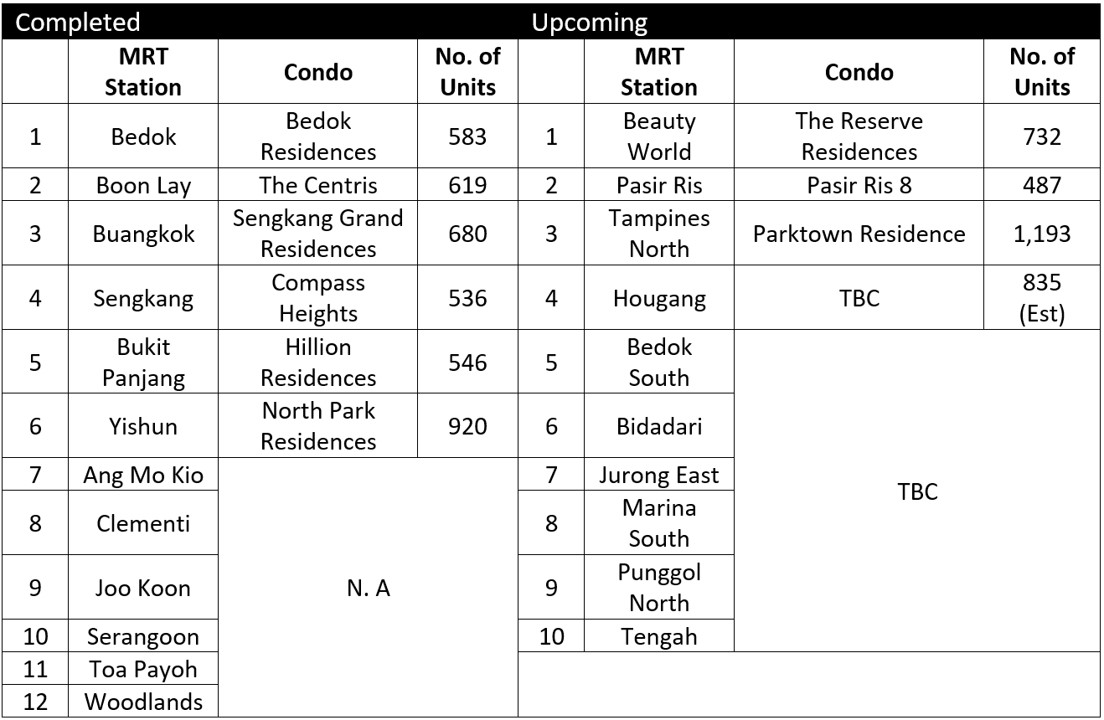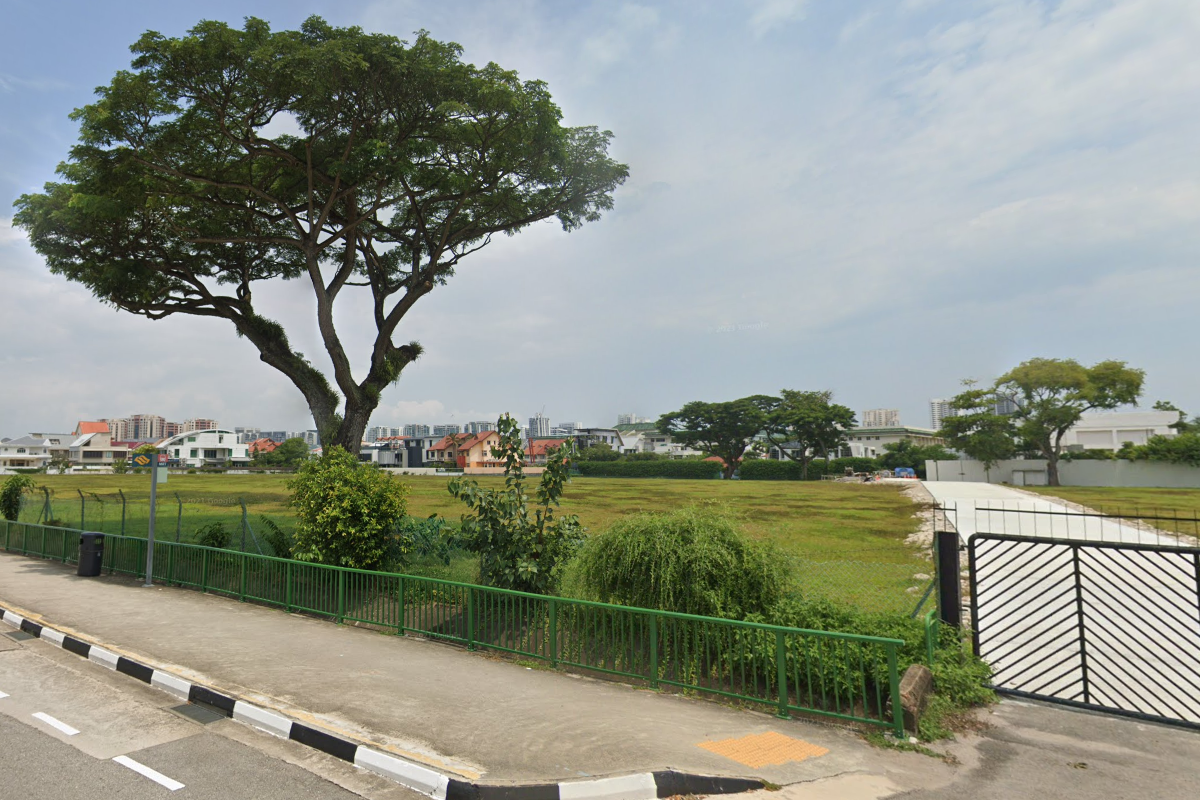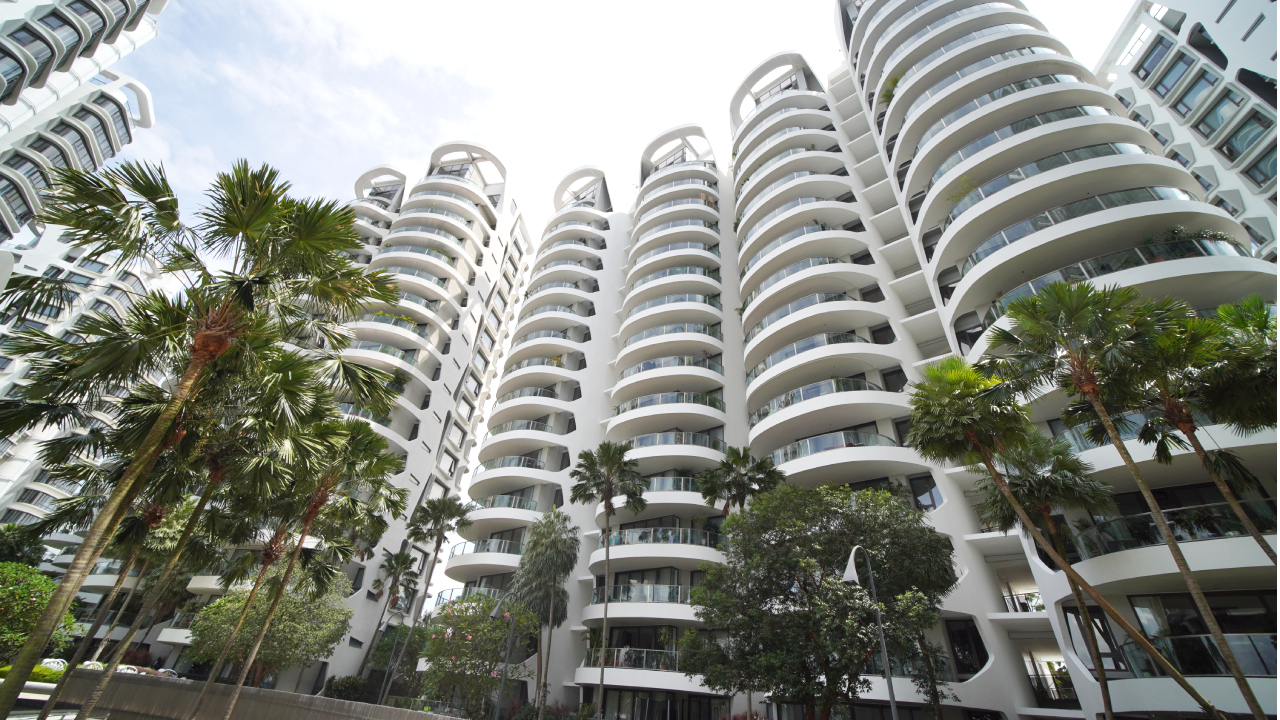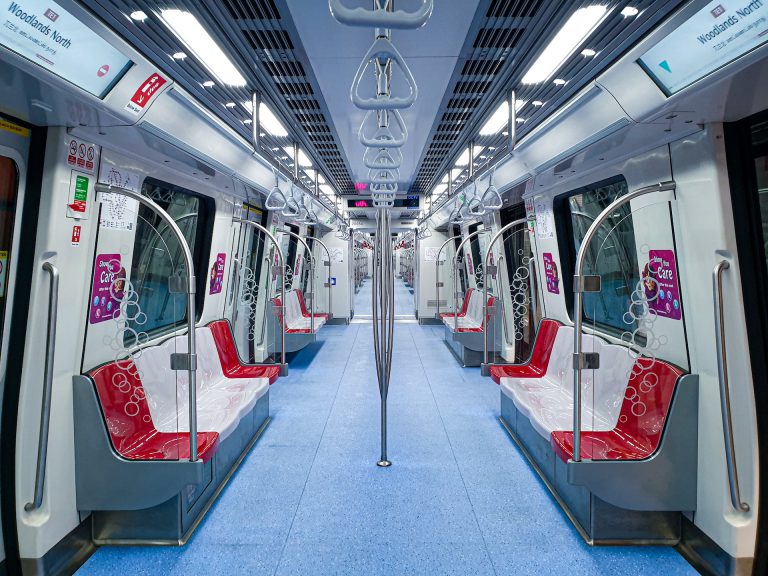Integrated Developments – What Are They and Why You Should Consider One
- By Egan Mah Jixiang
- 4 mins read
- Private Residential (Non-Landed)
- 16 Jan 2025
What do Sengkang Grand Mall, Jurong Point and Pasir Ris Mall have in common? They are shopping malls that are part of an integrated transport hub (ITH). The Land Transport Authority (LTA) introduced these hubs, where bus interchanges seamlessly link to MRT stations and adjoining commercial developments such as shopping malls.
Urban planners in land scarce Singapore lack the privilege to create an urban sprawl to support all our spatial needs. Hence, they have to look into creative ways to optimise land use. One way is to co-locate various complementary uses into the same development.
An example would be where homes, amenities and even transport nodes are all under the same roof, a win-win for township planning. While urban planners get to create better land-use efficiently, residents also benefit from the convenience and retailers enjoy higher footfall. It also allows commuters to access the adjoining development to conveniently run errands and shop comfortably, before transferring to their connecting buses or trains.
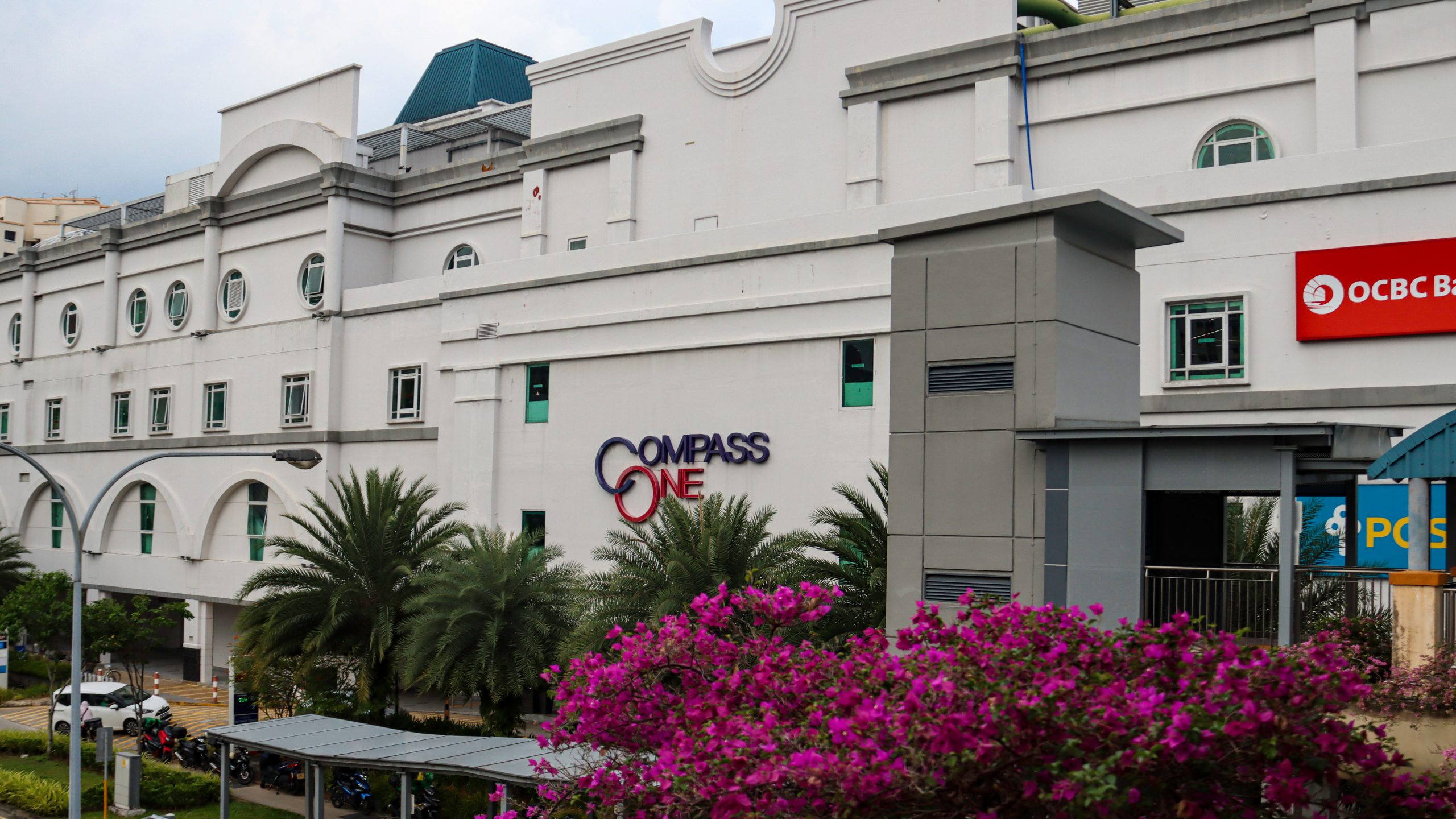
Compass Heights, the first integrated development in Singapore
Taking convenience one step further, real estate developers and urban planners have now integrated all three uses- residential, commercial and transport hubs into the same development. Colloquially, known as integrated development, condominium residents have seamless and direct connectivity to the ITH.
More recently, the land tender may also stipulate developers to incorporate public civic or community spaces such as libraries, community clubs, and a hawker centres into the integrated development. This would serve not only the condominium’s residents, but others living in the vicinity.
Unmatched convenience for residents
So, what kind of lifestyle can residents of integrated developments expect? For one, they get unmatched convenience. The mall will cater to residents’ everyday needs, while travelling to other parts of Singapore is also made easy.
What if you fall sick or got a toothache? Or ran out of ingredients? Or forgot to takeaway dinner? Or have a sudden bubble tea craving? The clinics, dentists, supermarket, and eateries are all in the same building.
Children can attend their classes (e.g. enrichment/music/art etc) while the elderly who may be less mobile need not walk a distance to socialise or run their errands. This is especially so if the integrated development includes a community centre where there are activities for them, or hawker centres for them to chit-chat and have their meals. Rain or shine, all your everyday needs can be settled by just taking the lift.
Malls that are part of integrated developments tend to be larger and better managed. They are usually managed by the developer themselves or sold collective to another investor (e.g. REIT/fund). Proper mall management ensures a proper tenant mix and creates variety through placemaking activities. With a curated tenant mix, the needs of residents are better catered to.
And if the mall does not have what you are looking for, you can always take a bus or MRT to somewhere else, all within air-condition comfort.
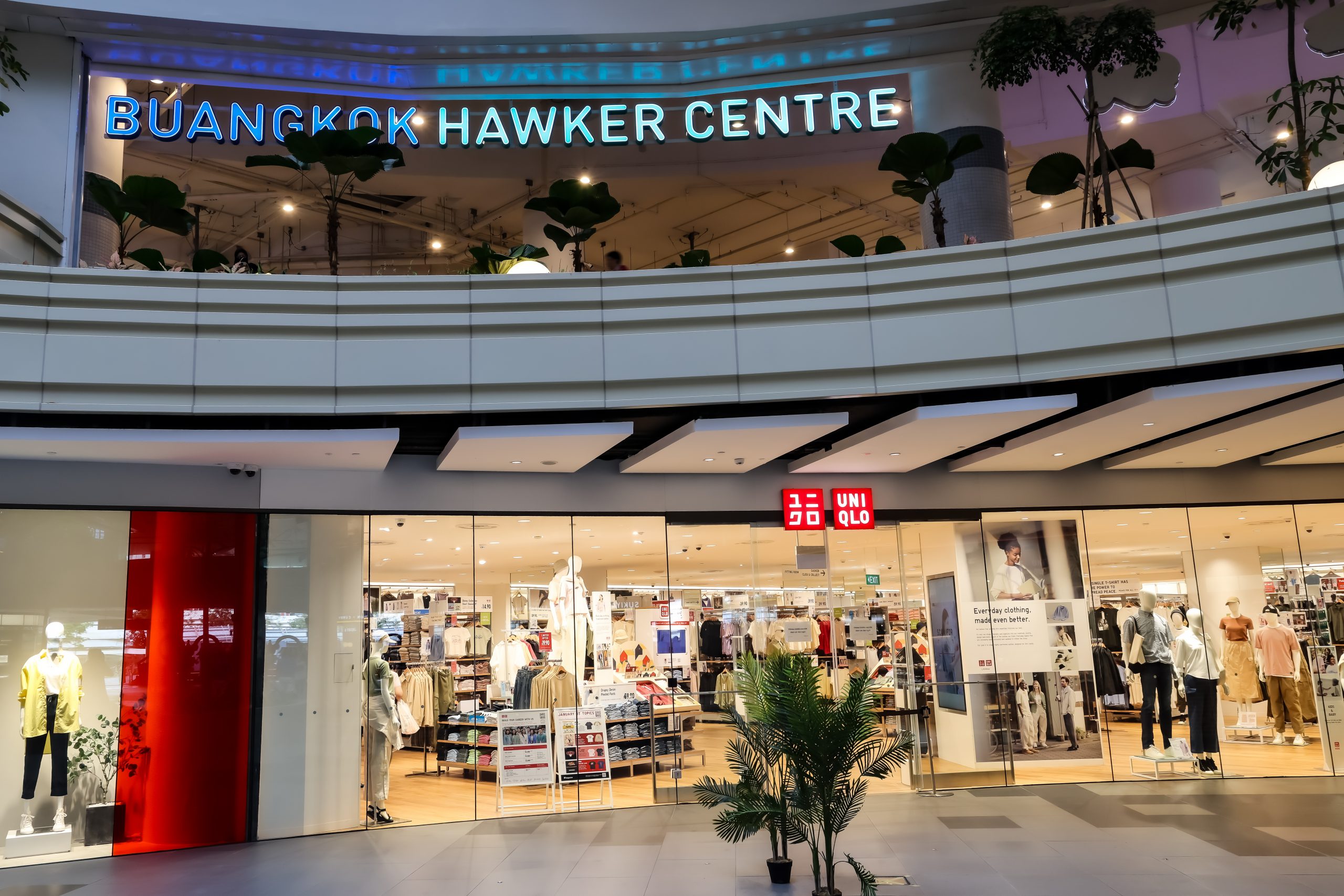
Sengkang Grand Mall, with a mall, hawker centre, bus interchange and MRT Station under Sengkang Grand Residences
A “limited edition” product
Currently, there are only nine integrated developments – six completed, two under construction and one more in Tampines North that is set to be launched in 1Q 2025. While the LTA has earmarked a further seven ITHs for the future, Hougang is the only site has been confirmed as an integrated development (includes a condominium).
Across the nine integrated developments, there are a total of only 6,296 units. Based on the island-wide stock of 341,131 private residential units, this means that just 1.8% of all non-landed private residential units are in integrated developments (as of 3Q 2024).
Table 1: List ITHs and Integrated Developments
Source: URA and ERApro as of 06 Jan 2025, ERA Research and Market Intelligence
Profitability
Exploring integrated developments completed in the last five years (since 2019), buyers of both developments – Pasir Ris 8 and Sengkang Grand Residences have all seen profitable transactions.
They have all also outperformed their counterparts from the same area. Based on their median price per square foot (psf), Pasir Ris 8’s grew 12.4%, higher than the 9.3% for the entire Pasir Ris Planning area. Similarly, Sengkang Grand Residences’ price grew by 18.1%, higher than the 17.2% recorded in Sengkang.
Chart 1: Price performance of Integrated Developments Completed since 2019
Source: URA as of 18 Dec 2024, ERA Research and Market Intelligence; *Includes 99-Leasehold condos only
Table 2: Profitability of Integrated Developments launched since 2019
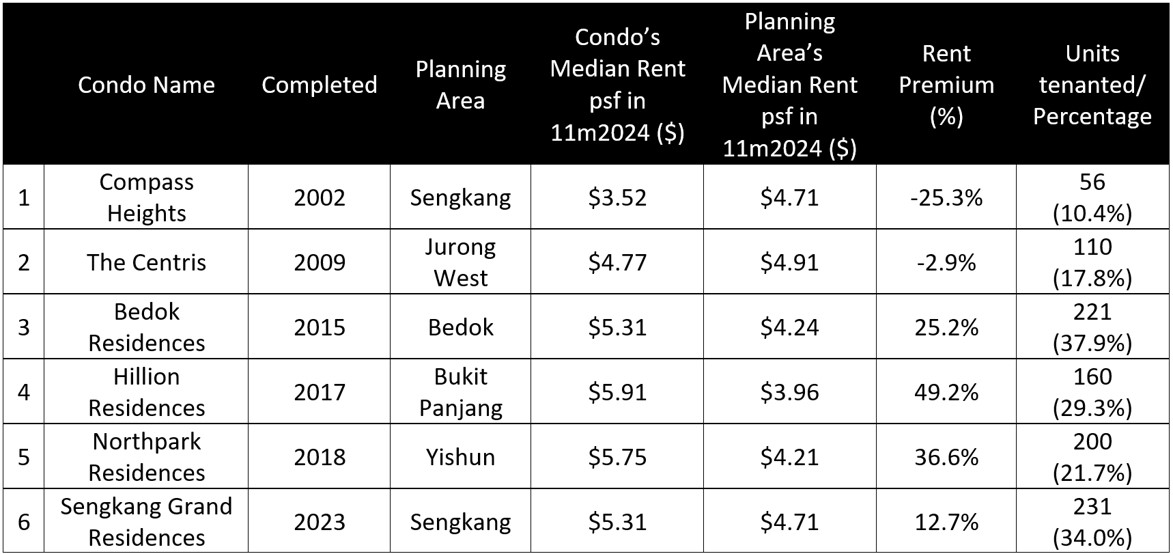
Source: URA as of 18 Dec 2024, ERA Research and Market Intelligence
With Singapore’s public transport network becoming increasingly comprehensive, coupled with the higher costs of car ownership, living near an MRT station is becoming increasingly important for home buyers. Moreover, given the low supply of new integrated developments, seeing such significant price growth is unsurprising. Hence, while integrated developments might come with a price premium, they also result in higher returns.
High rental and strong rentability
As expected, the strong locational attributes of integrated developments make them highly sought after by tenants. For developments that are less than ten years old, these properties consistently command significantly higher premiums compared to their counterparts in the same area. Being close to the town centre, transport nodes, and amenities, their rents are typically higher.
Therefore, Compass Heights and The Centris have rents lower than the median rent psf of their respective planning areas. However, this can be attributed to the age of these developments. Tenants may prefer to pay more rent for newer developments, as the living conditions and environment are better. Moreover, older developments are generally larger in size, which usually results in a lower rent on a psf basis.
For example, in 2024, 71.4% of units rented out at Compass Heights were 1,000 sqft or larger. In contrast, larger units accounted for only 20.9% of tenanted units in the Sengkang area. Thus, being just the second condominium to be developed in Sengkang, Compass Heights commands a much lower rent psf compared to newer condominiums.
Table 3: Rental Comparison of Integrated Developments in the area
Source: URA as of 18 December 2024, ERA Research and Market Intelligence
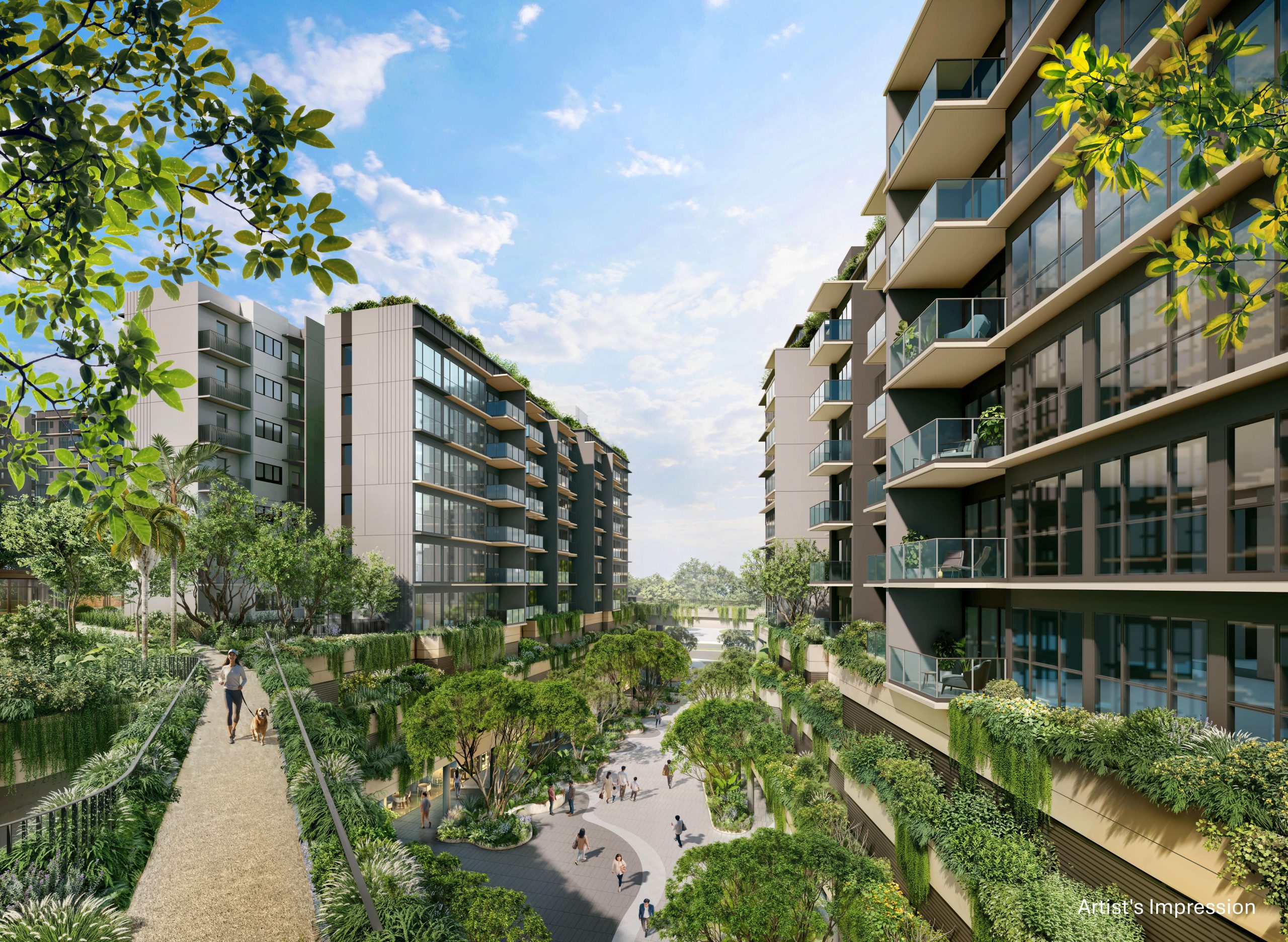
Parktown Residences, an upcoming integrated development in Tampines North
Why should you not stay in an integrated development?
While there are many perks to living in integrated developments, it may still not be for everyone.
The hustle and bustle may not be everyone’s cup of tea
If you prioritise a serene and tranquil environment, away from the hustle and bustle, the additional crowd and noise from MRT users, and shoppers. Moreover, residents may also face issues if there is no segregation of carpark entry and spaces.
More encumbrances for future enbloc sales
Furthermore, investors may not be able to enjoy the windfall of a collective sale in future. The complexities involved in redeveloping a development linked to a public transport node may not make it financially viable for developers.
That being said, there are still plenty of perks of living or investing in an integrated development. If crowds are not a deterrence, you should definitely consider one. With Parktown Residence scheduled for launch in 1Q 2025, a rare opportunity has been presented. The 1,193-unit condominium will be part of the Tampines North ITH, in addition to a new retail mall PARKTOWN Tampines, a community club, and a hawker centre.
Interested to know more about the upcoming integrated developments? Speak to an ERA Trusted Adviser today.
Disclaimer
This information is provided solely on a goodwill basis and does not relieve parties of their responsibility to verify the information from the relevant sources and/or seek appropriate advice from relevant professionals such as valuers, financial advisers, bankers and lawyers. For avoidance of doubt, ERA Realty Network and its salesperson accepts no responsibility for the accuracy, reliability and/or completeness of the information provided. Copyright in this publication is owned by ERA and this publication may not be reproduced or transmitted in any form or by any means, in whole or in part, without prior written approval.


